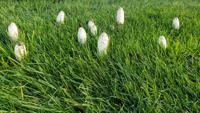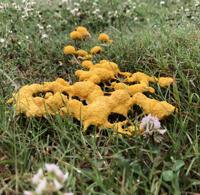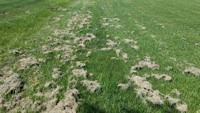How is all this rain impacting Colorado lawns? Expert explains
As Mother Nature rains down on the Front Range, you might be noticing strange things in your lawn.
Colorado State University professor Tony Koski, an expert on turfgrass science, is answering common questions from Coloradans on how these downpours are impacting yards.
“It’s very outside of normal,” Koski said about the rain. “They’re used to have it raining like once every 10 days, not 10 days in a row.”
While the Front Range might be soaked, there is some good news for lawns: there’s not much of a negative impact.
“It’s not causing terrible problems, it’s causing interesting problems,” Koski said.
So, here’s what to know:
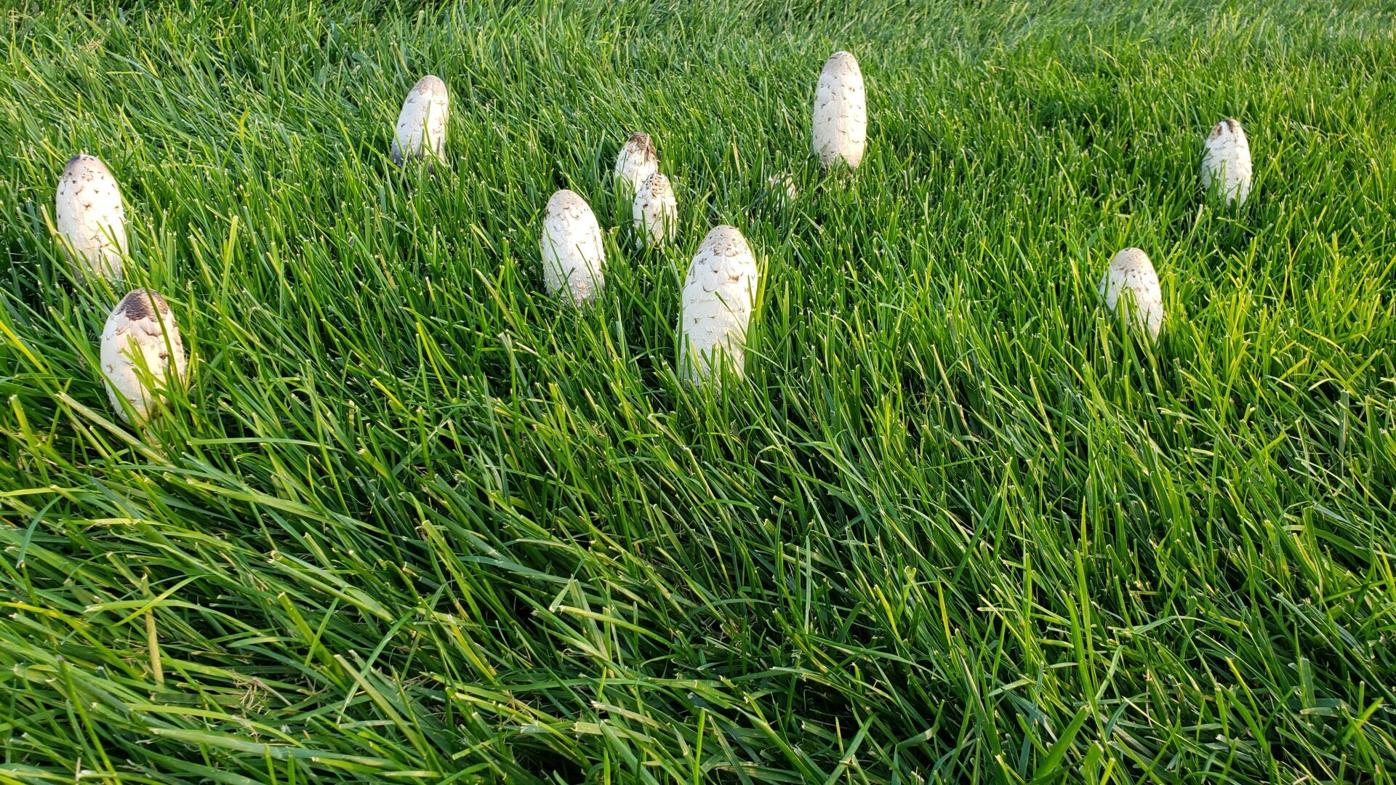
“People are seeing all kinds of weird mushrooms,” says Colorado State University professor Tony Koski.
Courtesy photo by Tony Koski

“People are seeing all kinds of weird mushrooms,” says Colorado State University professor Tony Koski.
Mushrooms
Koski has been receiving many questions regarding mushrooms that have been popping up in yards across the Front Range.
White mushrooms. Yellow mushrooms. Big mushrooms. Small mushrooms.
“People are seeing all kinds of weird mushrooms,” Koski said.
With so many different fungi showing up, it can be difficult to determine which are safe and which could be dangerous if ingested by kids or pets. So, your best bet — mow them off or pick them up and dispose of them, Koski said.
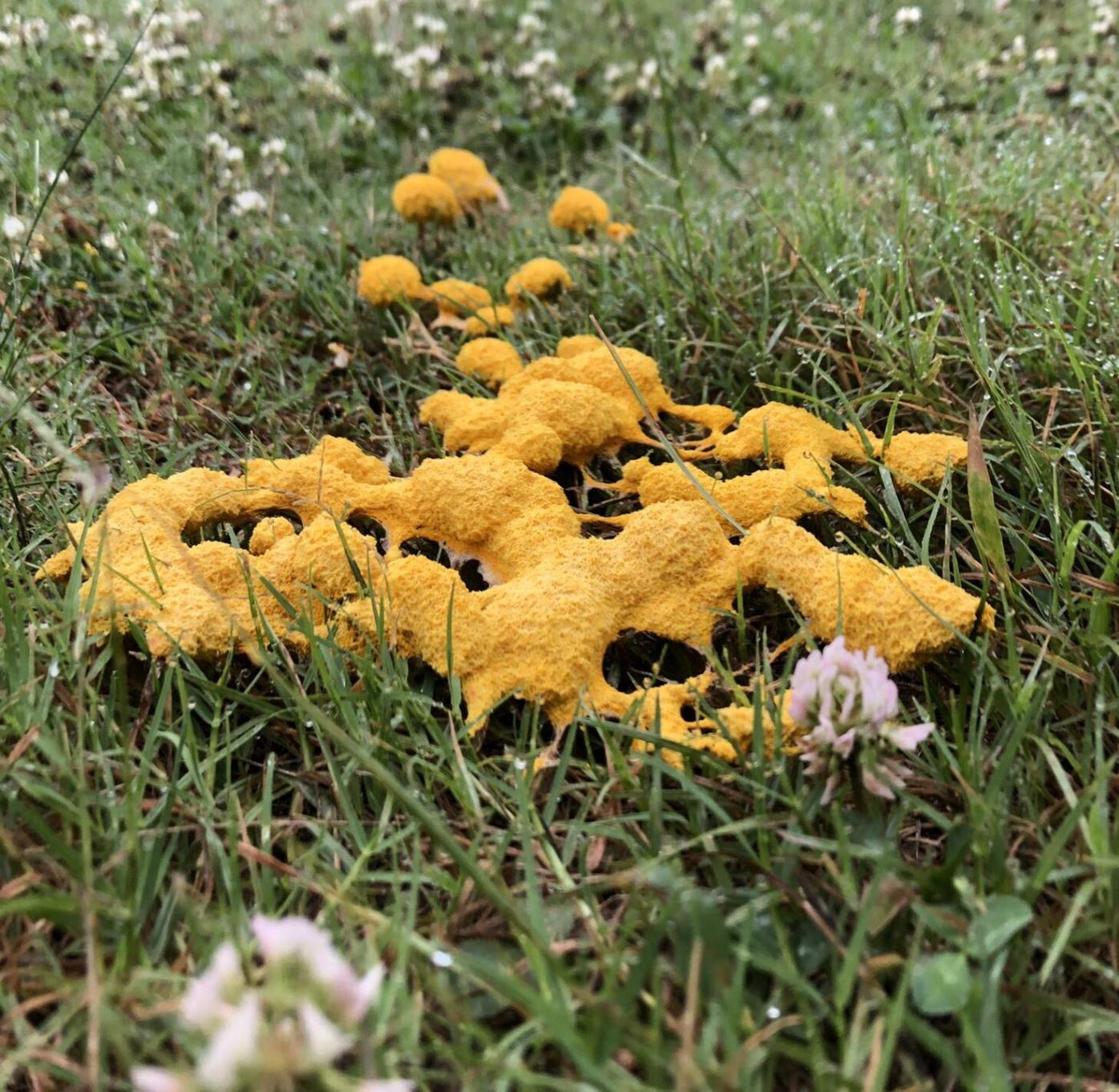
Slime mold has been appearing on lawns around the Front Range due to the rain.
Courtesy photo by Tony Koski

Slime mold has been appearing on lawns around the Front Range due to the rain.
Slime molds
As the name implies, these gross-looking blobs can appear in your yard after heaving rain. The slime molds can appear in yellow or purple, and also go by the name dog vomit fungus.
“It kind of freaks people out when they see it, but it’s totally harmless,” Koski said.
The slime molds don’t last too long and should disappear after a few dry days.
“If it doesn’t rain and we get some really sunny weather, it’s just going to disappear,” he said.
Yellow grass
It’s normal after all this rain for the grass to appear a little yellow, as well as some landscape plants and perennials, Koski said. This is caused by an iron deficiency from the wet soil, but once the weather becomes warmer, it should clear up, he said.
Weeds
Perhaps the most negative impact is the growth of weeds from the rain.
The rain has just encouraged weeds to germinate, Koski said, so expect to see some significant weed growth in the coming months.
“We already have people just complaining about the weeds. Even if you use weed control products, this much rain can dilute or reduce the effectiveness,” he said. “It’s not just short-term effects. It’s kind of long term overall.”
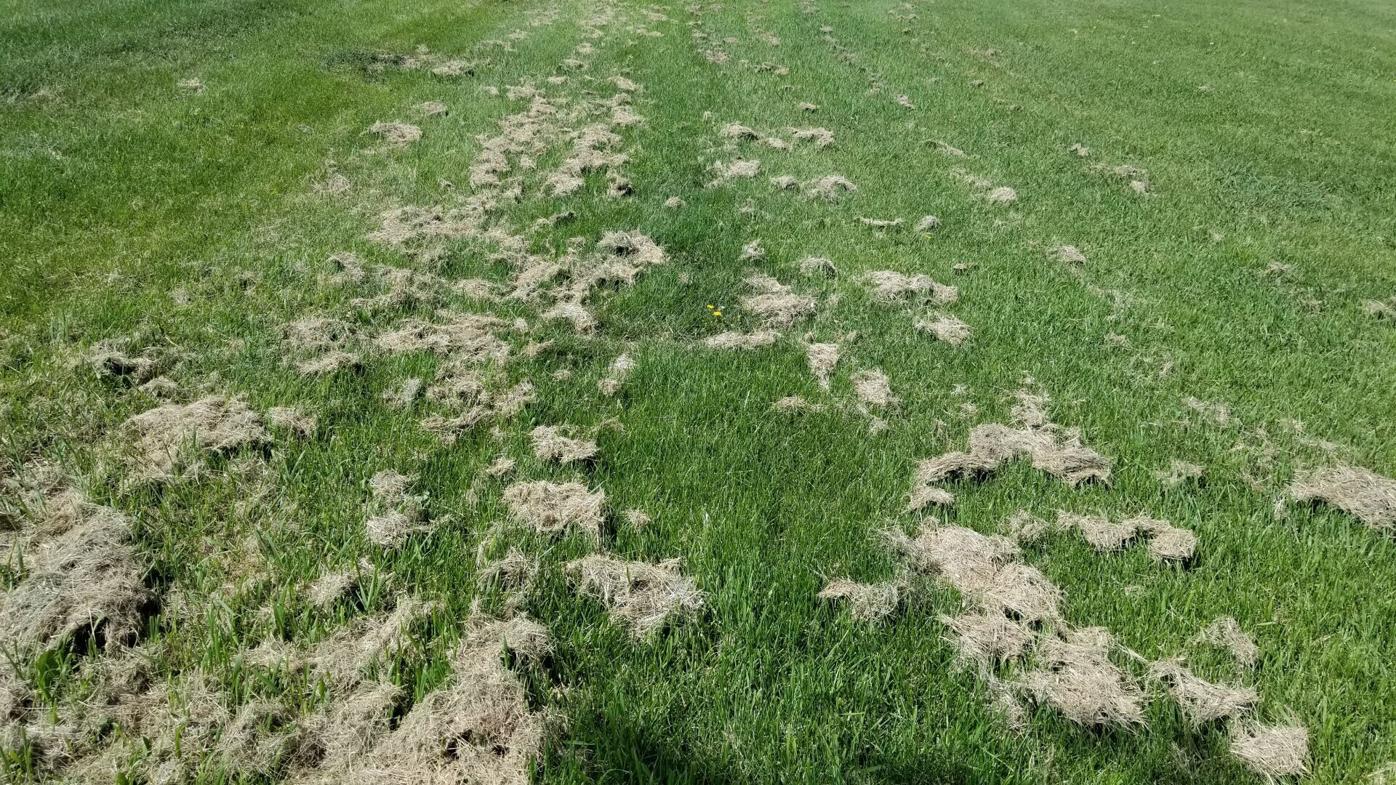
With so much grass growth, it means more mowing – and more clippings.
Courtesy photo by Tony Koski

With so much grass growth, it means more mowing – and more clippings.
Growth
While the rain is helping weeds, it’s also beneficial for grass, including native grasses.
“The grass loves it,” he said. “The buffalo grass looks as good as it has for years and years.”
With so much grass growth, it means more mowing — and more clippings. Be sure not to leave big clumps of wet grass clippings on the lawn, though, as it can kill the grass underneath. Instead, dispose of it by composting it or using it as mulch for your garden, Koski said.
“People just kind of get behind on their mowing, then when they do mow, they have big clumps of grass clippings, and that’s not good for the grass for that stuff to be laying on the grass,” he said.
Water maintenance
While Koski said he hasn’t had to water the grass in his research areas because of the influx of rain, not everyone is saving water.
“I haven’t seen the need for watering lawns,” he said. “There’s great potential to save water.”
So even though this rain should be good for water conservation, that’s often not the case. Instead, people leave their sprinkler system on, leading to overwatering, Koski said.
“People just don’t turn it off,” Koski said. “It’s kind of embarrassing with as much rain as we’ve had, they shouldn’t be, there’s zero need.”
Koski suggests watching the weather and turning sprinklers back on after four to five days with no rain.
“It’s like leaving a car running when parked,” he said. “It’s just paying attention.”





